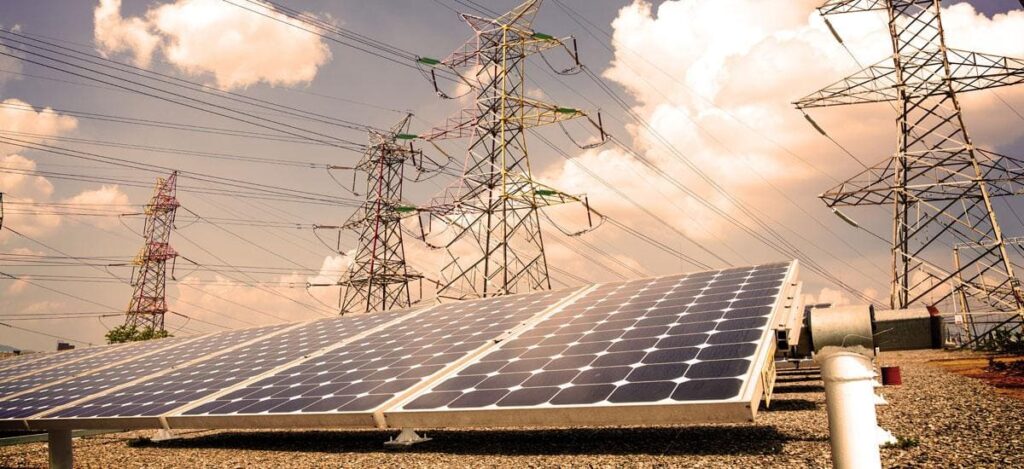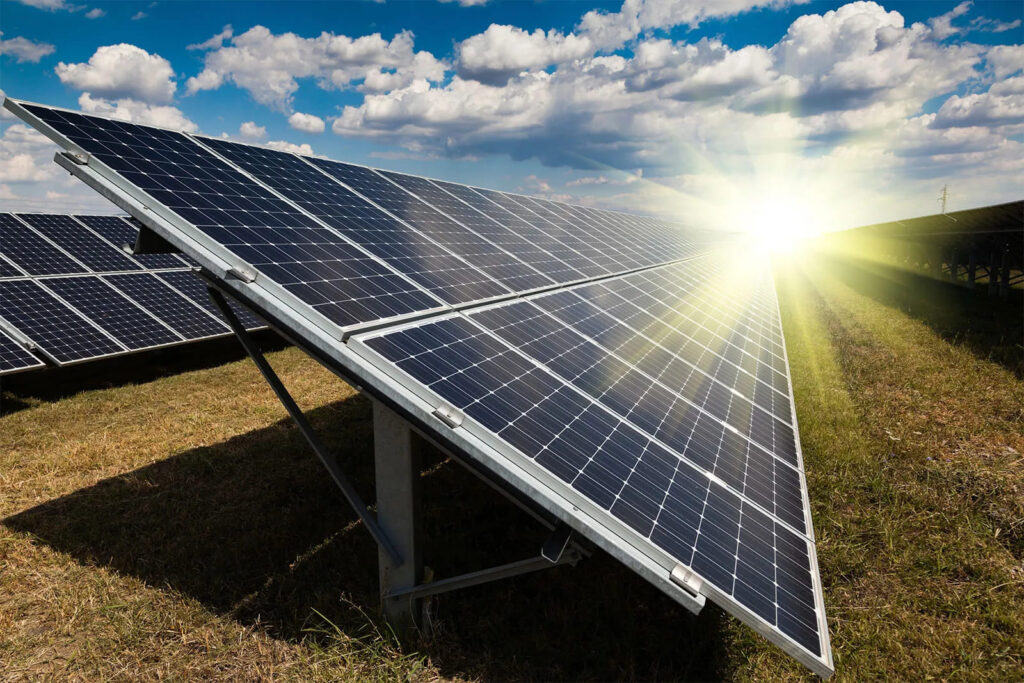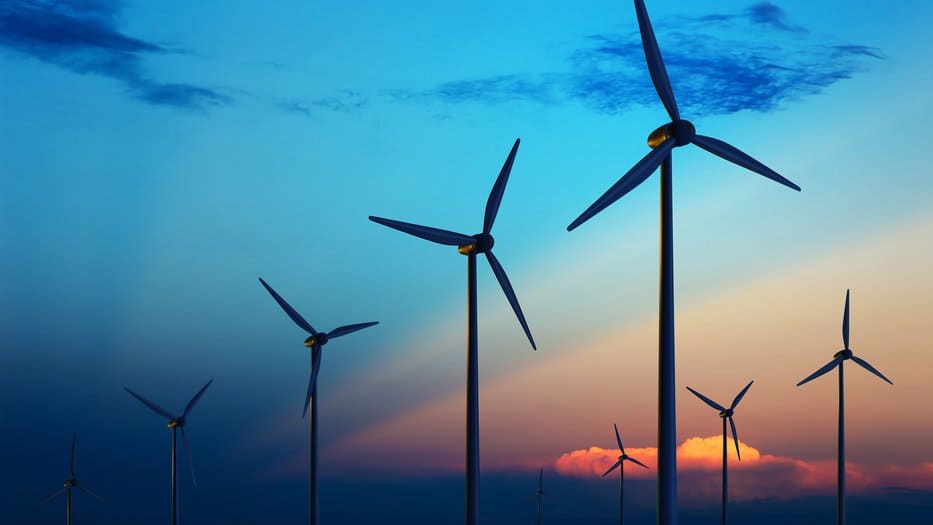The important role of CNC machining in the development of renewable energy technologies
In today’s global pursuit of sustainable development, renewable energy has become a key development direction in the energy field. With the continuous advancement of science and technology, the innovation and application of renewable energy technology is rapidly expanding, and computer numerical control (CNC) processing technology plays an important role in it.
The close combination of renewable energy and CNC processing provides strong support for more efficient and reliable energy conversion and utilization. This article will explore the role of CNC processing in renewable energy in depth, please read it carefully.
1.Overview of CNC machining for renewable energy
CNC machining is a major technological advancement in the manufacturing industry. It controls the movement of machinery and tools through pre-programmed software to achieve precise molding and manufacturing, covering a variety of operations such as milling and turning. Its automation ensures high accuracy and repeatability, and is an important tool for various industries.
2.Trends in renewable energy development
The world is actively seeking to transition from fossil fuels to more sustainable energy, and renewable energy technologies are becoming increasingly important. Wind turbines, solar panels and hydroelectric systems are at the forefront. Wind turbines use wind power to generate electricity, solar panels convert sunlight into electricity, and hydroelectric systems use the energy of water flow. By 2023, global renewable energy generation has exceeded 3372GW, with solar and wind leading the growth, with solar power generation reaching approximately 1140GW and wind power approximately 837GW.
Renewable energy accounts for 29% of global electricity generation, with hydropower accounting for the largest share, followed by wind and solar power. The use of renewable energy in 2022 will reduce carbon dioxide emissions by approximately 2.1 billion tons, equivalent to removing 450 million cars from the road. It is expected that by 2030, renewable energy generation will more than double, with solar and wind power being the main contributors.

3.The key role of CNC machining in renewable energy
1.CNC machining and wind turbines
High-precision blade manufacturing
Wind turbine efficiency depends on blade accuracy and aerodynamic characteristics. CNC machining excels at producing blade shapes with high precision to ensure compliance with design specifications and improve overall efficiency and reliability. Blade materials are usually advanced composites or metals. CNC machines are equipped with functions such as multi-axis machining to meet machining challenges and improve blade durability and service life.
Gearbox and drive train components
The efficiency and durability of key components of gearboxes and drive trains depend on the accuracy of gears and bearings. CNC machining plays an important role in producing complex geometries and high-tolerance parts. The ability to achieve complex shapes, high tolerances, use advanced tools and techniques, automation and high consistency, material versatility, design flexibility, reduced secondary operations, enhanced performance and functionality are critical to wind turbine performance and reliability.
Maintenance and repair
Wind turbines require regular maintenance and replacement of parts. CNC machining can accurately manufacture replacement parts to ensure seamless installation and maintain performance and reliability.
CNC machining is highly adaptable to field applications. Portable machines can repair or replace large components on site, reducing downtime and transportation costs, which is crucial to the operational efficiency of remote or offshore wind farms.
2.CNC machining and solar panels
Panel frames and brackets
The structural integrity and ease of installation of solar panels depend on the quality of the frames and brackets. Aluminum is a commonly used material. CNC machining helps to manufacture high-precision components, ensure durability and easy assembly, reduce costs and installation time, and can be customized according to different designs to adapt to a variety of installation scenarios, promote innovation and improve performance.
Micromachining of solar cells
The performance of solar panels depends on the quality of the cells. Silicon wafers need to be precisely cut and formed. CNC micromachining is crucial, which can achieve ultra-fine cutting and shaping, improve cell quality and conversion efficiency.
Advanced solar cell technologies such as heterojunction and bifacial cells require high manufacturing precision. CNC machining can achieve complex high-tolerance feature production and promote their development.
Prototype development
CNC machining can quickly produce prototype components, accelerate innovation and new technologies to market, promote iterative design improvements, and improve the efficiency, durability and overall performance of solar technology through flexible and precise adjustment of components.

3.CNC machining and hydropower components
Turbine blades and runners
The energy conversion efficiency of the hydropower system depends on the accuracy of the turbine blades and runners. CNC machining ensures manufacturing accuracy, optimizes water flow and improves efficiency. Multi-axis milling and precision grinding are used to process highly wear-resistant materials to ensure the structural integrity and performance of components under harsh conditions.
Hydraulic system components
Key components of the hydraulic system of a hydropower station require high-precision manufacturing. CNC machining is essential. It can produce complex and precise components to ensure reliable and efficient operation of the system. Precision machining ensures high pressure tolerance and low leakage risk, and improves system robustness.
Maintenance and customized parts
Hydropower plants require regular maintenance and refurbishment. CNC machining produces customized parts to ensure operational integrity and reduce downtime.
CNC machining produces high-precision parts, improves the quality and durability of power station components, reduces wear, extends life, improves efficiency, and maintains the long-term viability and sustainability of hydropower generation.
4.Advantages of CNC machining in the field of renewable energy
(I) Accuracy
CNC machining can achieve high tolerances, ensure precise matching of parts in renewable energy systems, reduce the risk of performance problems, and is particularly important for turbine blades, gearbox components, and solar cells, achieving optimal performance.
(II) Consistency and reliability
In mass production, CNC machining has consistency. Once programmed, it can produce the same parts, ensuring consistency of components in large-scale facilities of renewable energy technology, improving system reliability and performance, and extending service life.
(III) Flexible customization
Renewable energy projects require customization, and CNC machining can adjust the design to meet site requirements, such as customizing solar panel brackets and turbine components, producing complex geometries to improve efficiency, and optimizing system performance.

(IV) Cost-effectiveness
Reduce material waste through precision machining: CNC machining accurately cuts and shapes materials, reduces waste, reduces costs, supports sustainable development, and meets the goals of the renewable energy industry.
(V) Efficiency advantage
Use automated processes to reduce production costs: Automation is a key feature of CNC machining, reducing labor demand, increasing output, meeting the needs of large-scale production of renewable energy parts, controlling costs, and promoting widespread application and sustainable energy transformation.
5.Future Prospects
(I) Integration with Advanced Materials
The renewable energy industry values lightweight and durable materials. CNC machining is used to process new materials, such as advanced composites, high-strength alloys, and innovative polymers, which makes it possible to design efficient and strong components, improve component performance and service life, reduce operating costs, and enhance system resilience and efficiency.
(II) Impact of Automation and Industry 4.0
In Industry 4.0, the integration of AI and the Internet of Things can optimize CNC machining. AI predicts tool wear, improves accuracy, and shortens production time. The Internet of Things enables machine communication to monitor performance and realize intelligent adaptive manufacturing environments.
Smart factories integrate advanced CNC machining with AI and the Internet of Things to improve the production efficiency and quality of renewable energy components, achieve customization and flexibility, reduce human errors, meet demand, and promote innovation.
(III) Sustainable Development
Sustainability is a core concern of renewable energy. CNC machining develops environmentally friendly processes, such as dry machining and the use of biodegradable lubricants, to reduce environmental impact and meet industry goals.
CNC machining helps repair, refurbish and recycle renewable energy components, promoting a circular economy, extending system life, manufacturing parts from recycled materials, supporting a sustainable life cycle and creating a more sustainable and resilient industry.
Conclusion
CNC machining plays a vital role in the development of renewable energy technologies, contributing significantly to the manufacture of key components for wind, solar and hydroelectric technologies, improving system efficiency, reliability and service life.
